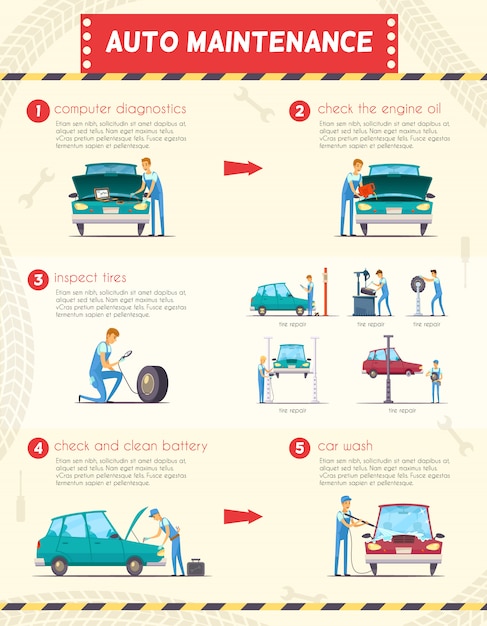Eager To Recognize What The Control Panel Warning Lights In Your Vehicle Signify? Explore Their Significances For The Well-Being And Security Of Your Car
Eager To Recognize What The Control Panel Warning Lights In Your Vehicle Signify? Explore Their Significances For The Well-Being And Security Of Your Car
Blog Article
mouse click the following webpage By-Higgins Forbes
When you're behind the wheel, those beautiful caution lights on your control panel can be a little bit puzzling. Do you know what they're attempting to inform you concerning your vehicle's health and wellness? Understanding the value of these lights is important for your safety and security and the longevity of your car. So, the following time among those lights turns up, would not you wish to understand its message precisely and take the needed actions to address it?
Common Caution Lights and Interpretations
Identify typical warning lights in your vehicle and comprehend their significances to ensure risk-free driving.
The most regular caution lights consist of the check engine light, which signals problems with the engine or exhausts system. If cardeepcleaningauckland comes on, it's critical to have your lorry checked without delay.
The oil stress warning light indicates reduced oil pressure, needing instant attention to avoid engine damage.
A blinking battery light might recommend a defective billing system, possibly leaving you stranded otherwise attended to.
The tire stress tracking system (TPMS) light informs you to low tire stress, impacting automobile security and gas efficiency. Ignoring more resources might result in hazardous driving conditions.
The abdominal muscle light suggests a problem with the anti-lock braking system, compromising your ability to stop swiftly in emergencies.
Lastly, the coolant temperature level alerting light warns of engine overheating, which can lead to severe damages if not resolved promptly.
Recognizing these usual caution lights will certainly aid you attend to problems quickly and preserve safe driving conditions.
Value of Prompt Interest
Recognizing the typical caution lights in your auto is only the very first step; the importance of without delay attending to these warnings can not be highlighted sufficient to guarantee your safety and security on the road.
When a warning light brightens on your control panel, it's your automobile's method of interacting a possible issue that requires focus. Ignoring these warnings can result in a lot more extreme issues down the road, compromising your safety and security and potentially costing you a lot more out of commission.
Prompt attention to advising lights can prevent breakdowns and mishaps. For instance, a flashing check engine light can indicate a misfire that, if left neglected, might trigger damage to the catalytic converter. Addressing this without delay can save you from a costly fixing.
In a similar way, a brake system warning light may signal low brake fluid or worn brake pads, essential components for your safety when driving.
DIY Troubleshooting Tips
If you see a caution light on your control panel, there are a couple of DIY troubleshooting ideas you can attempt before looking for specialist help.
The first step is to consult your auto's guidebook to comprehend what the details caution light shows. Often the issue can be as simple as a loosened gas cap activating the check engine light. Tightening up the gas cap may resolve the issue.
An additional typical issue is a low battery, which can trigger numerous advising lights. Checking the battery connections for corrosion and ensuring they're secure might repair the issue.
If a caution light persists, you can try resetting it by separating the cars and truck's battery for a few mins and after that reconnecting it. In addition, examining your automobile's liquid degrees, such as oil, coolant, and brake liquid, can help repair advising lights associated with these systems.
Final thought
To conclude, understanding your auto's warning lights is essential for keeping your car running efficiently and safely. By quickly dealing with these signals and understanding what they suggest, you can avoid costly repair services and prospective breakdowns.
Keep in mind to consult your vehicle's manual for particular information on each warning light and take action appropriately to make sure a trouble-free driving experience.
Keep informed, remain secure when traveling!
